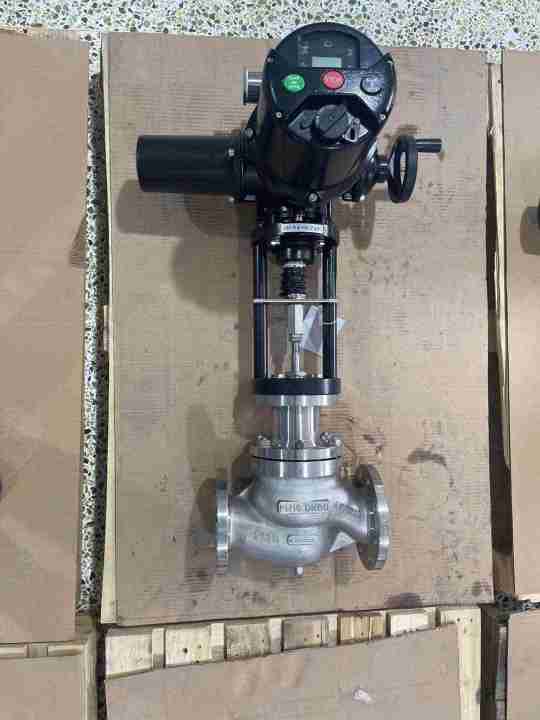Electric two-seat regulating valves are critical components in modern industrial systems, providing precise control over fluid flow, pressure, and temperature. These valves are especially essential in processes where exact fluid management is crucial, such as in chemical, oil and gas, water treatment, and power generation industries. This article delves into the role of electric two-seat regulating valves, the key manufacturers in the market, and their innovative contributions to improving industrial automation and fluid control systems.

What is an Electric Two-Seat Regulating Valve? An electric two-seat regulating valve is a type of control valve designed to regulate the flow of liquids, gases, or steam. The term “two-seat” refers to the valve having two seating surfaces that work together to control fluid flow when the valve is in operation. These valves come equipped with an electric actuator, which allows for remote control and precise modulation of the valve’s position. The actuator adjusts the valve opening in response to an electrical signal, ensuring that the valve can maintain the required process conditions.
The design of the electric two-seat regulating valve allows it to handle high-pressure conditions, high-flow requirements, and continuous operation with minimal maintenance. These valves are highly favored in applications that demand precise control, including temperature regulation, pressure balancing, and fluid flow management.